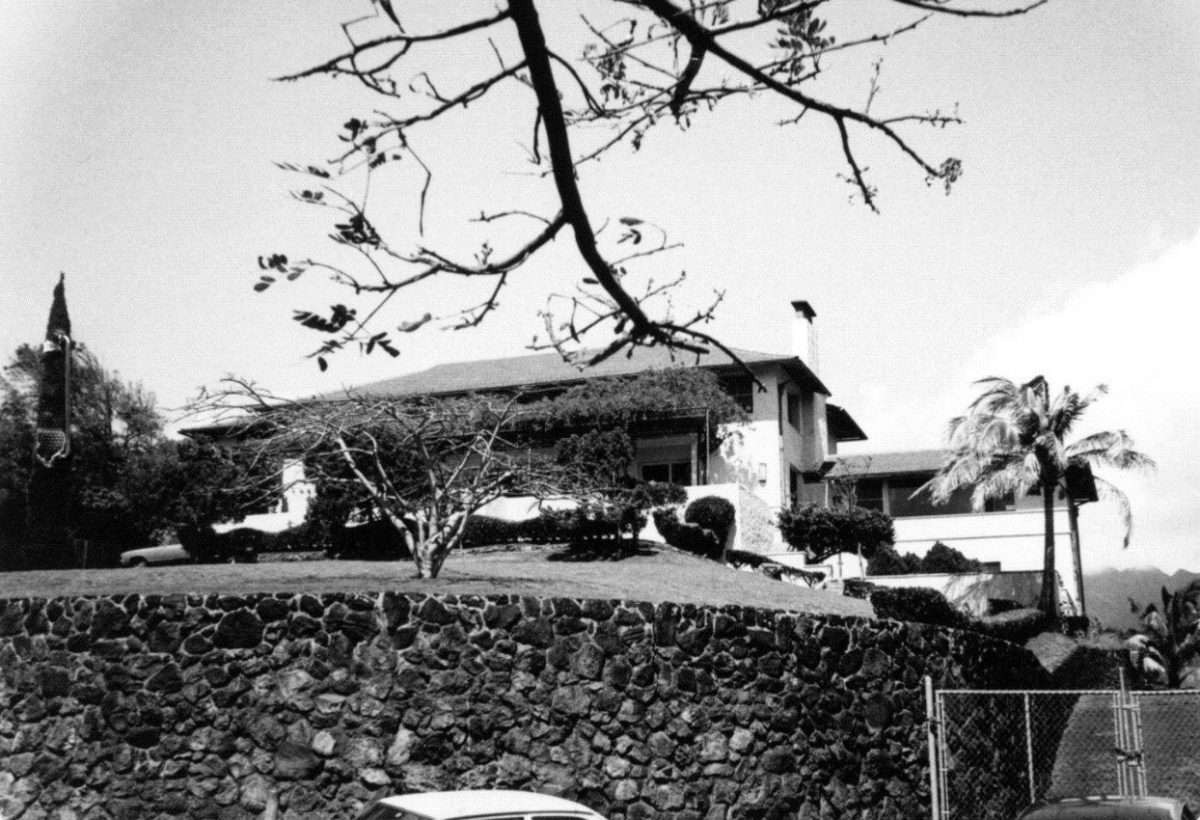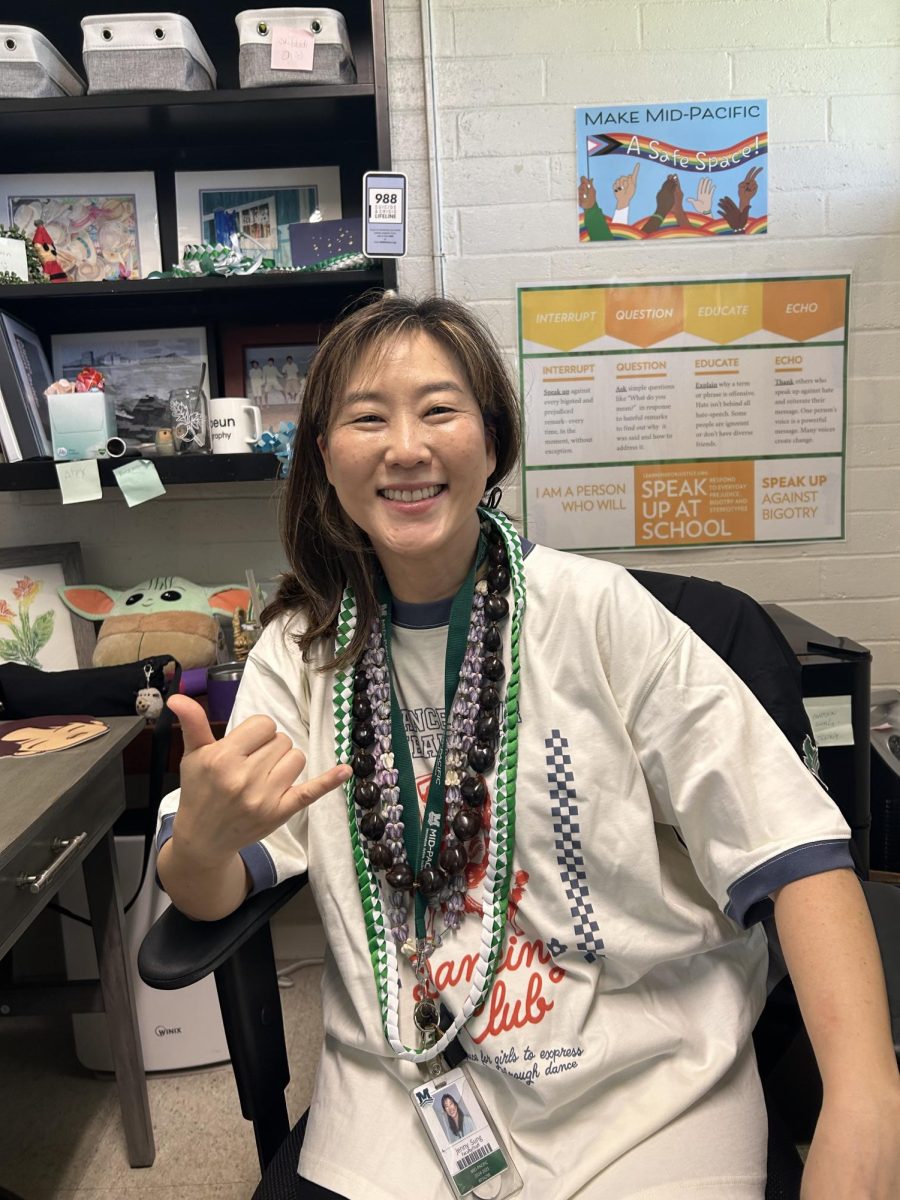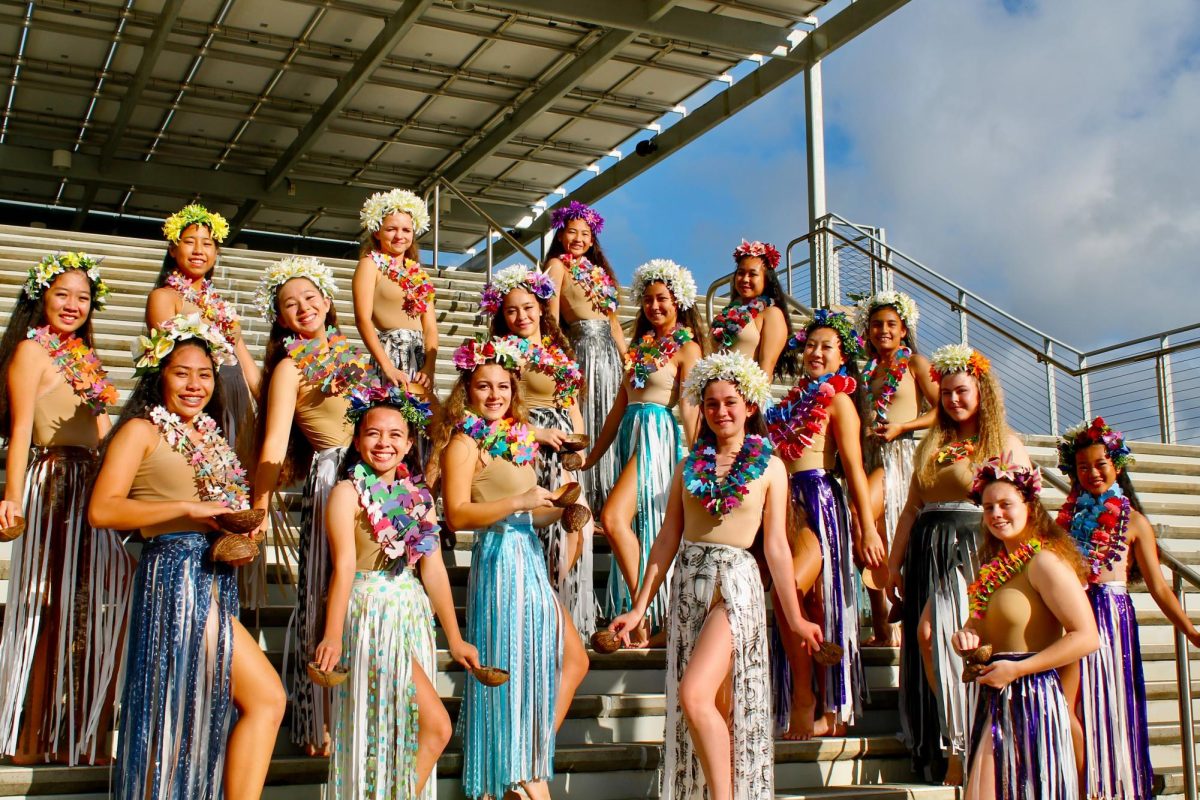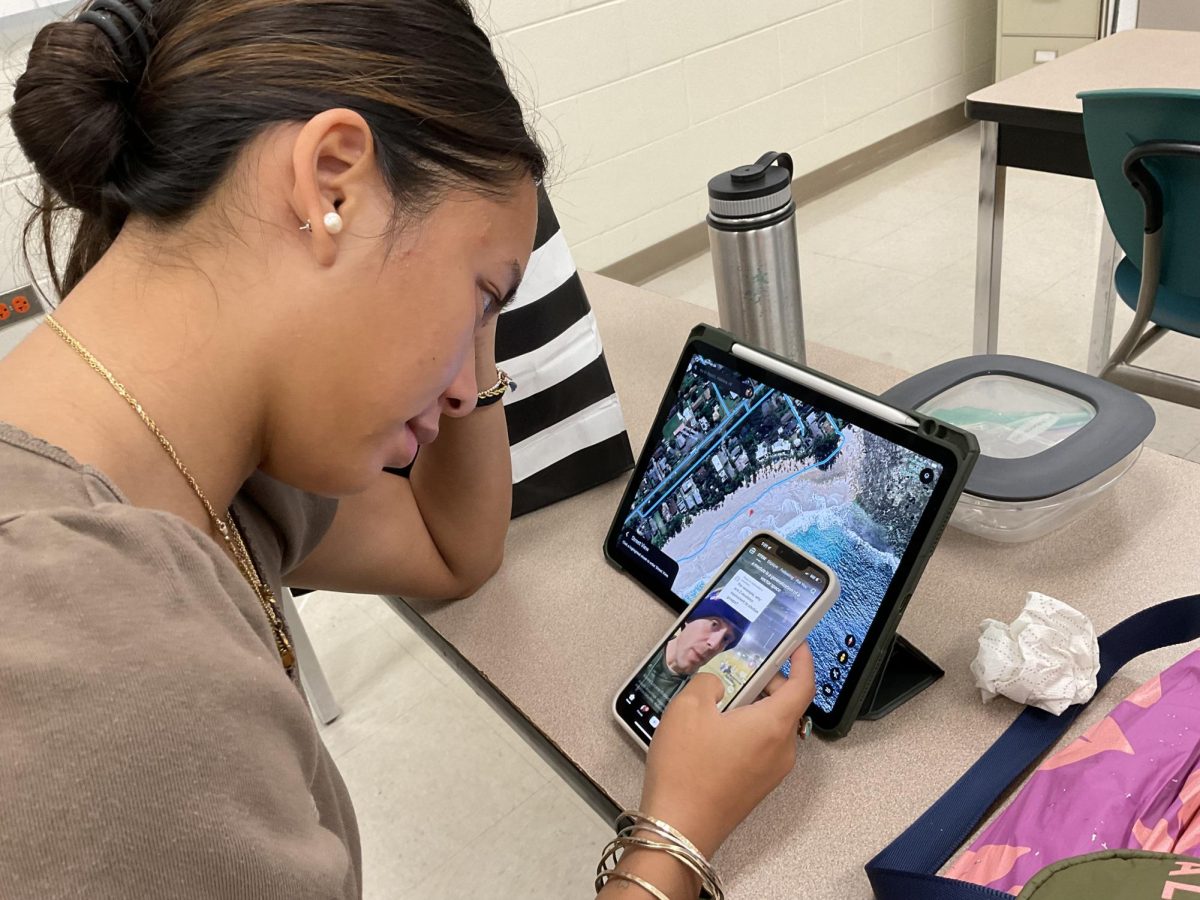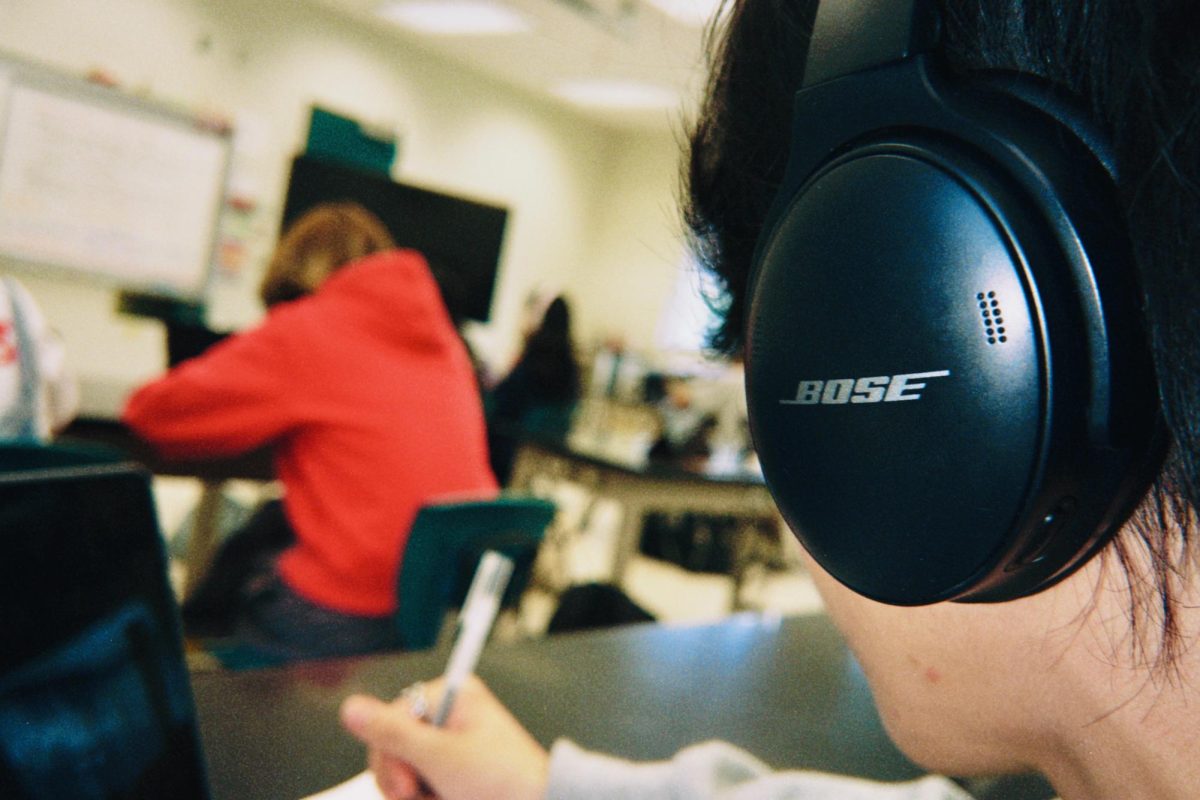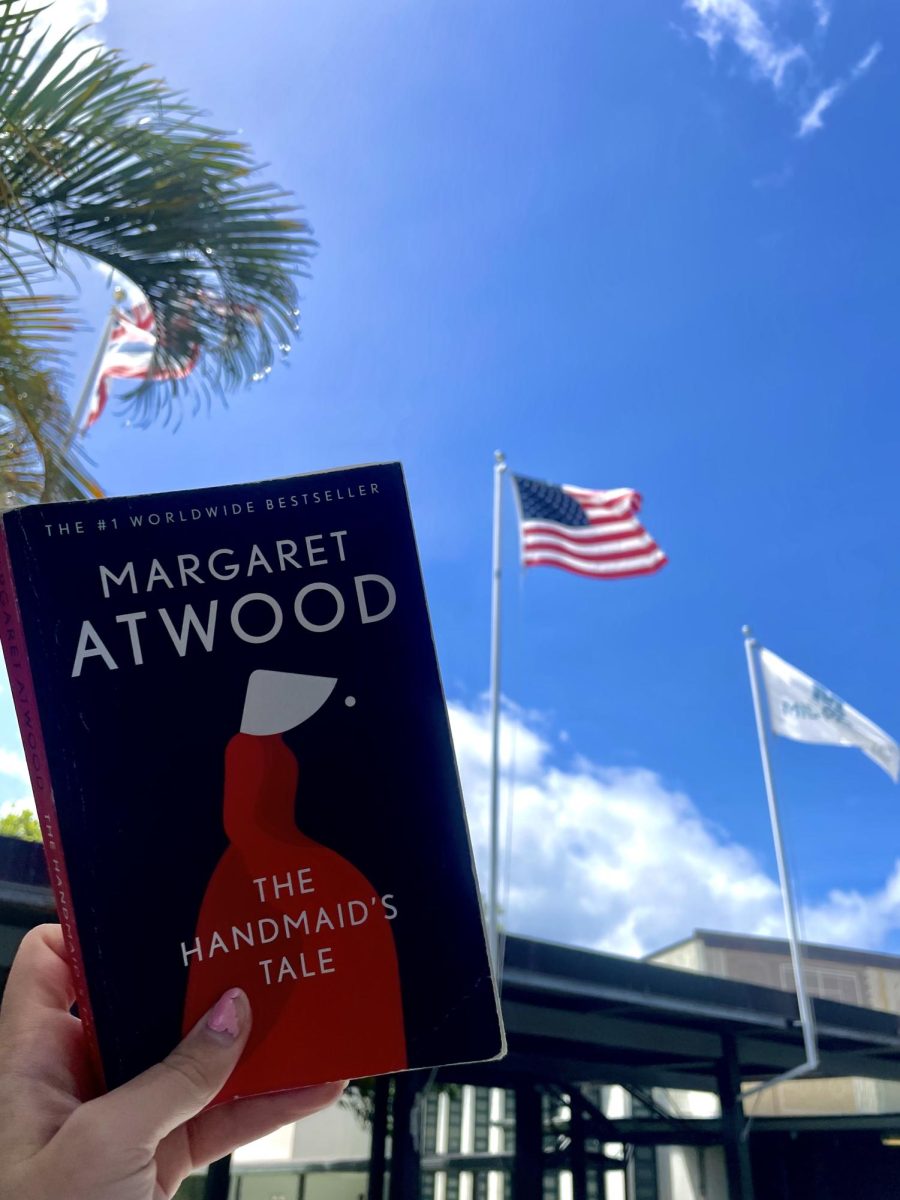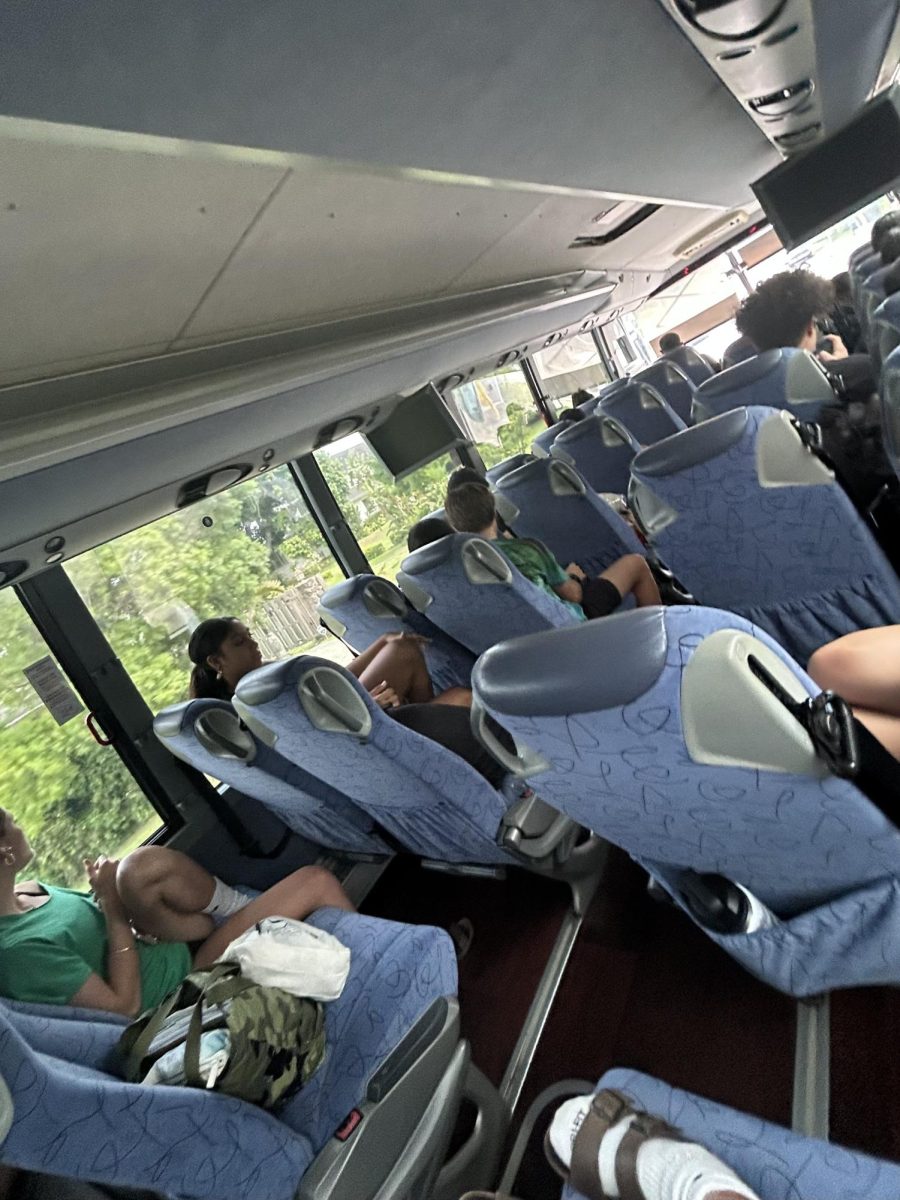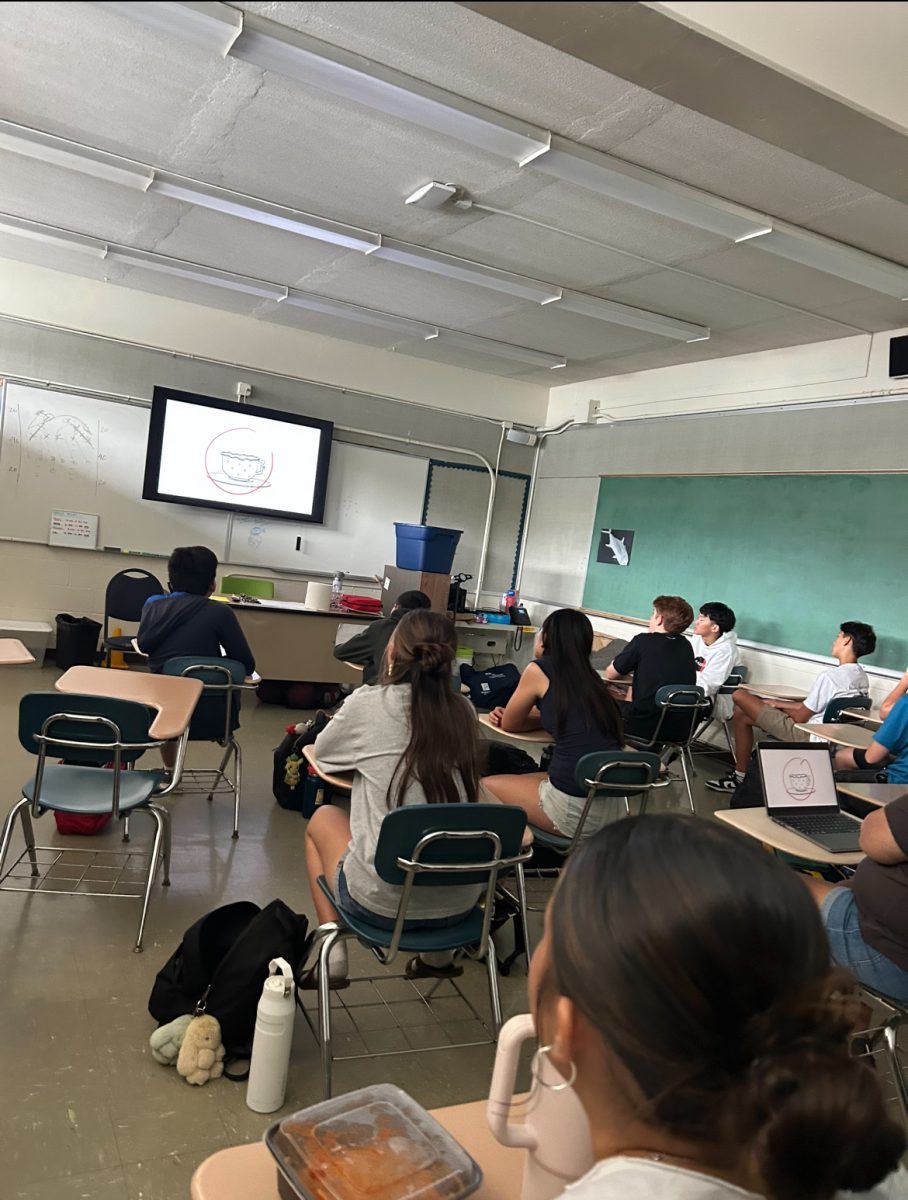Mid-Pacific prides itself on the beauty of its campus and wide range of architecture, yet right on its doorstep are two significant properties that have become an afterthought.
The Chang and Lee Mansions, at 2426 Armstrong Street and 2417 University Ave respectively, were purchased by the school in 2010.
At the time, our school saw these homes as a chance to expand the campus in hopes for the space to provide additional benefits to the Mid-Pacific community. Fifteen years later, they are essentially just expensive storage units.
The reasons why are complicated, a mixture of good intentions meeting harsh realities.
“The plan was we were going to remodel and put [in] offices, and then a sub plan [was] a 21st-century learning center,” former Mid-Pacific President and CEO Joe Rice said.
With both of these properties placed next to campus, this possibility couldn’t be passed up.
“The board looked at it as a perfect opportunity. They purchased it thinking maybe we could renovate it, refurbish it, and use it for something,” Chief Operating Officer Lesley Kaneshiro said.
Attaining these properties was a process that included talking to the owners of the homes. The acquisition of the Lee Mansion, in particular, required building trust and making promises to the family, which was crucial for securing the property.
“He [Mr. Lee] wanted to know if we could be doing something good with it or if we would tear it down. We told him we wanted to maintain the house in its current structure, and maybe pick up things like new plumbing [and] electrical, [as well as] boarding and bringing kids from around the world to Mid-Pacific. He thought that was a wonderful idea,” Rice said.
Rice expressed ambitious hopes for the property in a 2011 interview with Na Pueo.
“We are dreaming the dream. Imagine what our potential would be if we could expand the campus by eight acres,” Rice said in the interview.
However, many of the school’s hopes for the property, not to mention all of the promises made to the Lee family, ended up falling through for various reasons.
Fifteen years after the initial purchase, both are under-utilized and undeveloped – far from the initial intended purpose back in 2010.
Only one building is being actively utilized, while the remaining properties are effectively vacant. Part of the Chang Mansion is home to Mid-Pacific’s Business Office, while the rest of the buildings are used as storage.
“[The homes are used as] storage of old stuff that we need to get rid of, [including] some of the things that were left there from the previous owner,” Kaneshiro said.
Though it may seem as though these properties are going to waste, committing to developing them is much more complicated than it seems. These structures have layers of complexity that would be too expensive for the school to pursue, especially given its most recent commitments to improving the track and field as well as Mills Gymnasium.
The Chang and Lee Mansions were initially purchased in 2010 for $2,100,000 and $1,900,000 respectively. The properties are now valued at $9,810,100 and $4,264,400.
One of these complicating factors is that they are registered as historic residences: the Chang Mansion was built in 1939, while the Lee mansion was built in 1933.
The historic status of these homes holds great value financially as it grants Mid-Pacific a “50% decrease or exception in price of property tax,” according to the Historic Hawaii Foundation. However, the purpose of historic status is to preserve Hawaii’s architectural history by discouraging significant changes to properties like these.
Repurposing the homes for school use would require Mid-Pacific to withdraw both properties from the historic registry.
While this move would allow the school to realize its plans from 2010, it would also require paying off all the years of exempted property tax that was waived from their inclusion on the historic registry, and subsequently would require Mid-Pacific to pay regular property taxes into the future.
If property tax wasn’t enough of a burden for our school, the current state of the properties is far from fit for our community to use.
“The interior of the house needs a lot of work for anybody to either work or live out of that home. The school maintains the exterior property, our facility guys go upkeep the yard; but within the house, we’re not upkeeping the interior just because of the financial obligation that would be required,” Kaneshiro said.
The transformation of these properties would be an expensive, complex project with many moving parts.
“You would need to be meeting updated laws of plumbing and electrical. You would have to check for asbestos as a lot of those houses have asbestos in the ceilings and walls,” Rice said.
Once the properties were acquired, and the true commitment required to get these properties up to standards became apparent, turning hopes into reality became a much more daunting task.
“We had [other] priorities and they were of a higher need than remodeling,” Rice said.
Currently, Kaneshiro believes that there are more suitable outlets for Mid-Pacific’s assets to fulfill in order to enrich the Mid-Pacific student experience.
“[Mid-Pacific has an] endowment that supports financial aid and scholarships for students. We’re trying to grow that as part of our comprehensive campaign,” Kaneshiro said.
With enough dedication and logistical strategizing, there may still be hope for the future of these properties once again becoming valuable assets to our community.
“I’m positive with the board of directors that they have now in their leadership at the school that they will find a way to get some of this stuff done,” Rice said.
As of now, all of the promises of community benefits and lasting use, like the beautiful architecture of these buildings, has seemingly been abandoned and left to decay.
“We don’t have an immediate need for those two properties,” Kaneshiro said.

